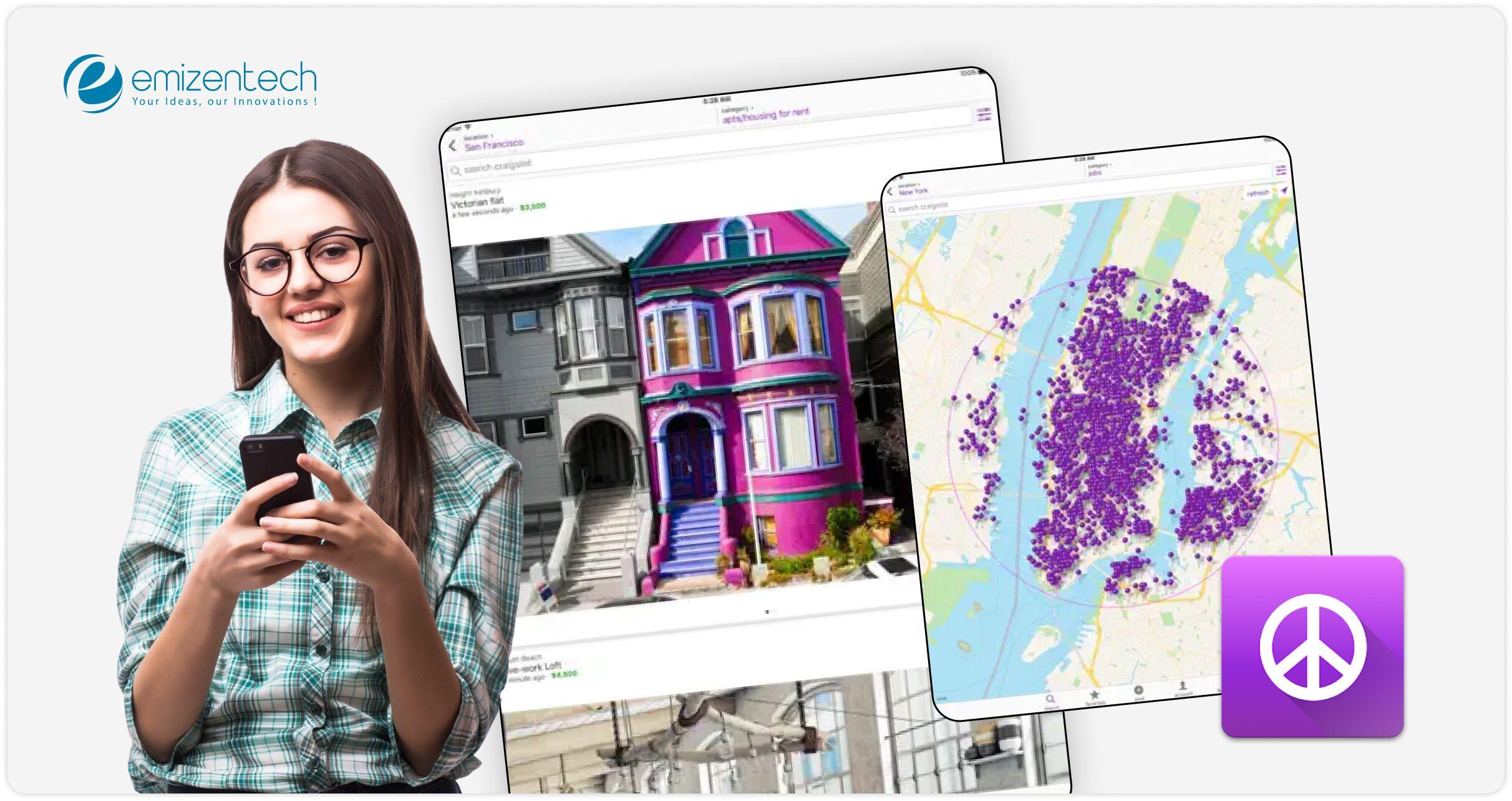The Future of Academic Transcripts: How Digital Credentials Are Revolutionizing Education
The landscape of education continues to evolve alongside technological innovation. Among the most impactful changes is the move from paper-based academic transcripts to agile, secure digital credentials. These modern approaches to verifying skills and achievements are shaping how students, institutions, and employers interact. But what does this mean for the future of academic transcripts?
Introduction: The Shift Toward Digital Credentials
Gone are the days of waiting weeks for sealed envelopes to arrive in the mail,only to be scrutinized for authenticity. In today’s fast-paced, globalized world, the demand for instant, reliable, and portable verification of academic achievements is higher than ever. Digital credentials are emerging as the solution—offering secure, accessible, and dynamic forms of academic transcripts that meet the requirements of modern education and employment.
What Are Digital Credentials?
Digital credentials are secure, electronic representations of academic qualifications or achievements. They include:
- Digital Academic Transcripts: Complete records of a student’s coursework, grades, and degrees in a tamper-proof digital format.
- Open Badges: Micro-credentials acknowledging mastery in specific skills or competencies.
- Blockchain-Based Certificates: Certificates stored on the blockchain, providing immutable proof of authenticity.
Unlike traditional paper transcripts, digital credentials can be easily shared, verified, and controlled by the individual, empowering learners in new ways.
The Evolution of Academic Transcripts: From Paper to Digital
Academic transcripts have served as the official documentation of a student’s academic journey. historically, these static paper documents presented:
- Authentication challenges (forgeries, lost documents)
- Slow, expensive transmission (mail or courier)
- Inefficiencies in processing applications
Digital academic transcripts, utilizing advanced encryption and blockchain technologies, resolve these bottlenecks. They offer:
- Instant Verification: Credentials can be authenticated within seconds online.
- Global Accessibility: Students can share transcripts with institutions and employers worldwide with a single click.
- Security: Advanced cryptography ensures records cannot be altered or forged.
Benefits of Digital Credentials in Education
Digital credentials are not just a technological upgrade—they are a catalyst for reimagining what education can achieve. Here are the key benefits:
1. Enhanced Portability
Students and job-seekers can manage and share thier academic history seamlessly, reducing delays in transferring credits or validating education during applications.
2. Increased Security
with blockchain and distributed ledger technologies,each credential is virtually immune to tampering and fraud. Digital certificates also maintain privacy and compliance with data protection regulations.
3. Streamlined Verification
Institutions and employers can verify qualifications within seconds, improving efficiency in admissions and recruitment processes.
4. Skills Over Degrees
Micro-credentials and open badges spotlight specific skills,competencies,and achievements—helping learners stand out in a skills-focused job market.
5. Empowered learners
Learners control their academic records, enabling lifelong learning and continuous, flexible credentialing.
Case Studies: Digital Credentials in Action
A. MIT Digital Diploma Initiative
massachusetts Institute of Technology (MIT) launched a pilot programme issuing blockchain-based digital diplomas to graduates. Students could securely share diplomas with employers, and employers could instantly validate their authenticity online.
B. European Commission’s European Digital Credentials Initiative
The EU developed a standard framework for digital credentials, enabling European citizens to access and share academic transcripts and qualifications across borders with ease.
C. Frist-hand Experience: A Student’s Perspective
“When I applied to graduate programs, the digital transcript from my university saved me hours of paperwork and stress. Admissions staff told me they appreciated how easy it was to verify the record and process my request. It really made the difference!”
– Jessica Liu, Class of 2023
Practical Tips: Adopting Digital Credentials for Institutions & Learners
Transitioning to digital academic transcripts and credentials involves strategic planning. Here’s how:
For Educational Institutions
- Choose Secure Platforms: Implement validated technologies that meet global standards for privacy and security.
- train Staff: Invest in training to support digital systems and educate staff about benefits and challenges.
- Engage with Stakeholders: Consult students, faculty, and employer partners throughout the adoption process.
- Promote Accessibility: Ensure platforms support mobile access and usability for all students.
For Learners
- Keep Credentials Updated: Regularly check and update your digital records for accuracy and completeness.
- Safeguard Access: Protect login credentials and backup records in secure locations.
- Leverage micro-Credentials: Supplement your academic transcript with badges and certificates that showcase skills and achievements.
- Share Wisely: Only share credentials with trusted parties and use official verification links when possible.
Challenges and Considerations
- Data Privacy: Institutions must ensure compliance with GDPR and other privacy regulations to protect student data.
- Technological Barriers: Uneven access to high-speed internet and digital devices may exclude some learners.
- Global Standardization: Harmonizing credentials across different countries and systems remains an ongoing effort.
- Change Management: Transitioning staff and stakeholders to new systems requires time, investment, and cultural shift.
The Future of Digital Credentials in Education
The adoption of digital academic transcripts and credentials is only expected to accelerate. here’s what the future may hold:
- Blockchain Adoption: Immutable, borderless credentialing systems scale to global education.
- AI-Driven Analytics: Credentials enable targeted learning recommendations and personal education pathways.
- Greater Workplace Integration: Employers and institutions collaborate on credential standards that match industry needs.
- Lifelong Learning Portfolios: Individuals manage a digital portfolio of learning that evolves across their careers.
Conclusion: Embracing the Revolution in Academic Transcripts
Digital credentials are transforming the way we approach authentication, achievement, and access in education. Academic transcripts are evolving from static pieces of paper to dynamic, secure, and portable digital records that reflect the true diversity of a learner’s journey. institutions, employers, and students alike will benefit from reduced bureaucracy, increased trust, and unprecedented opportunities for global collaboration.
As technology continues to advance, now is the time for schools, universities, and learners to embrace digital credentials—not only as a practical tool, but as the foundation of a more open, secure, and personalized future in education.

